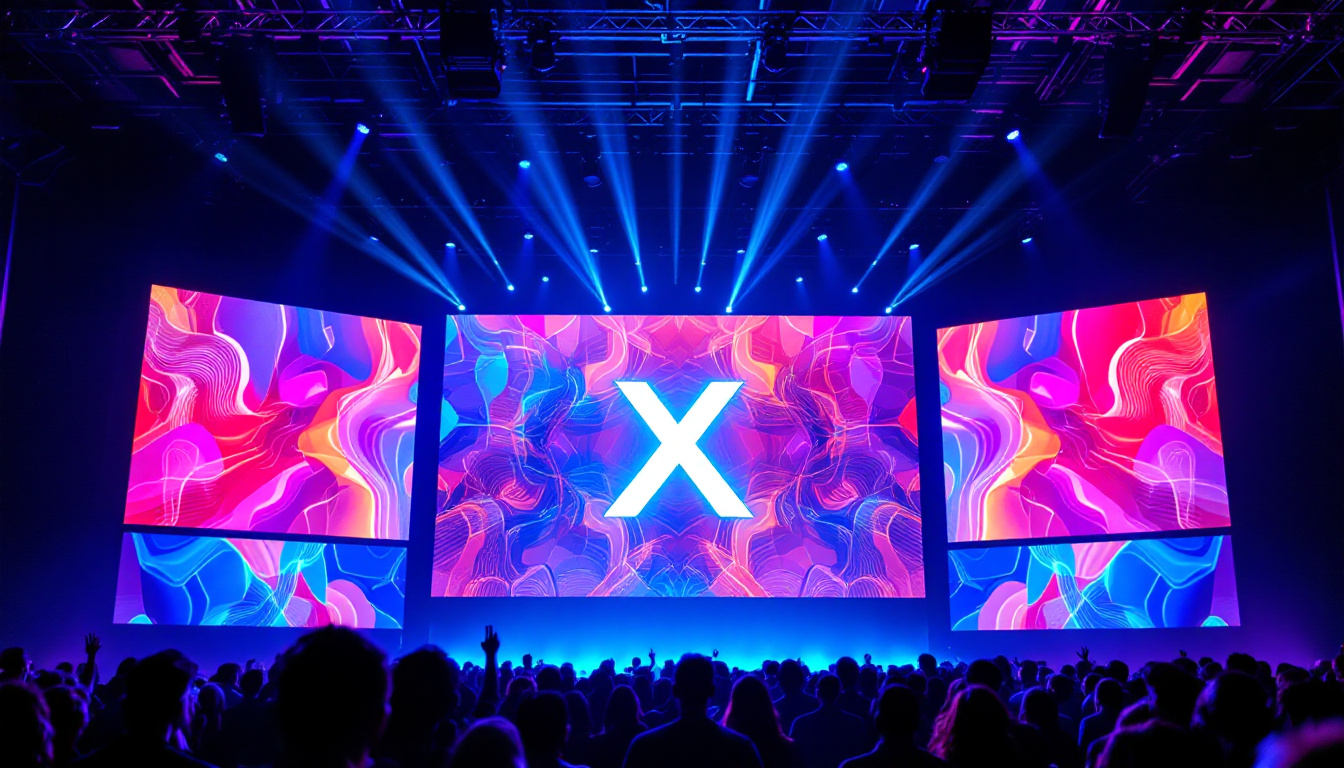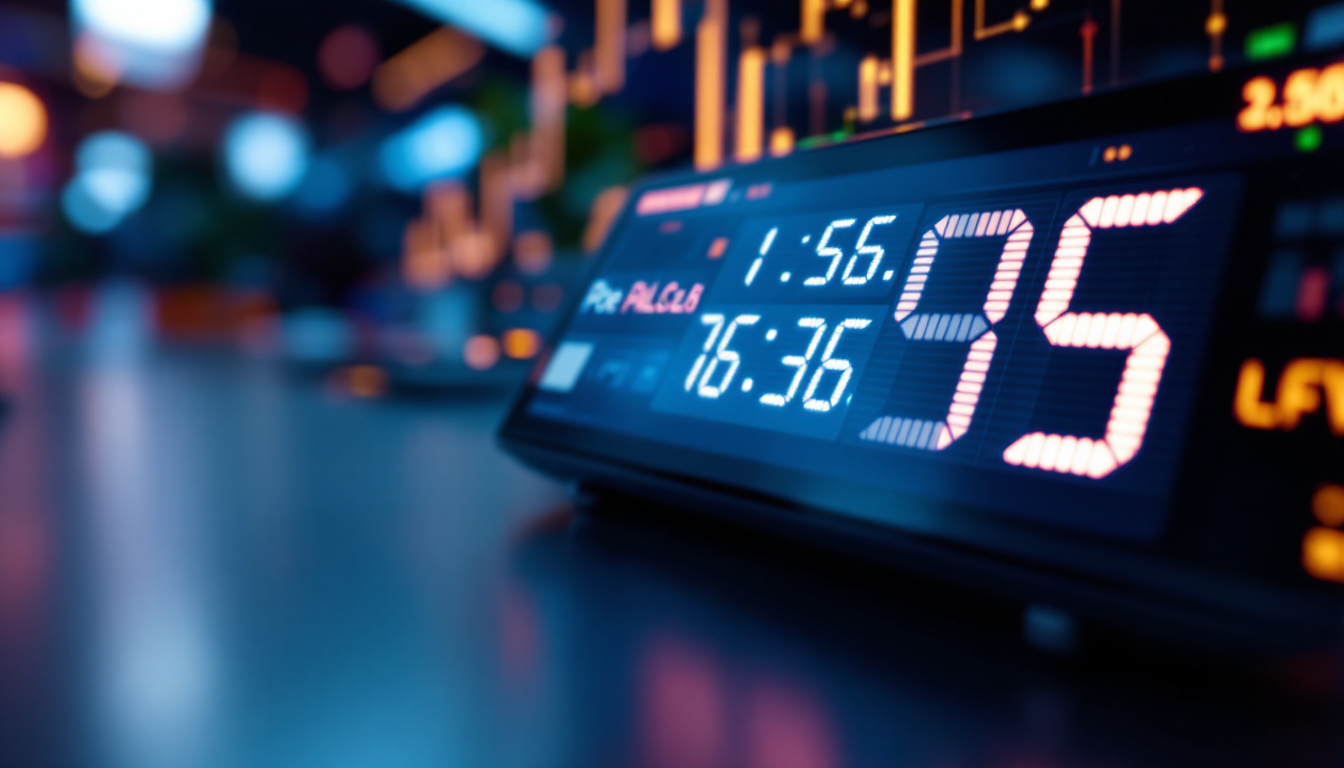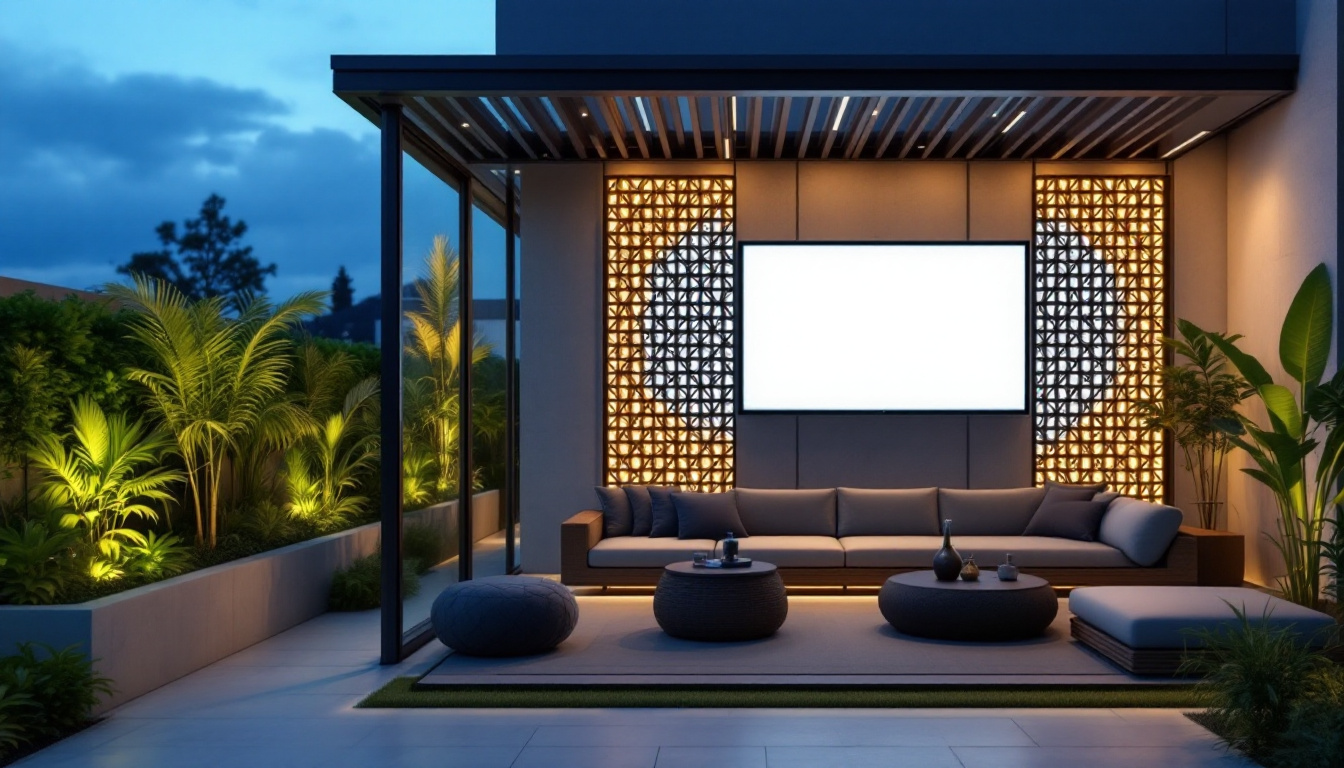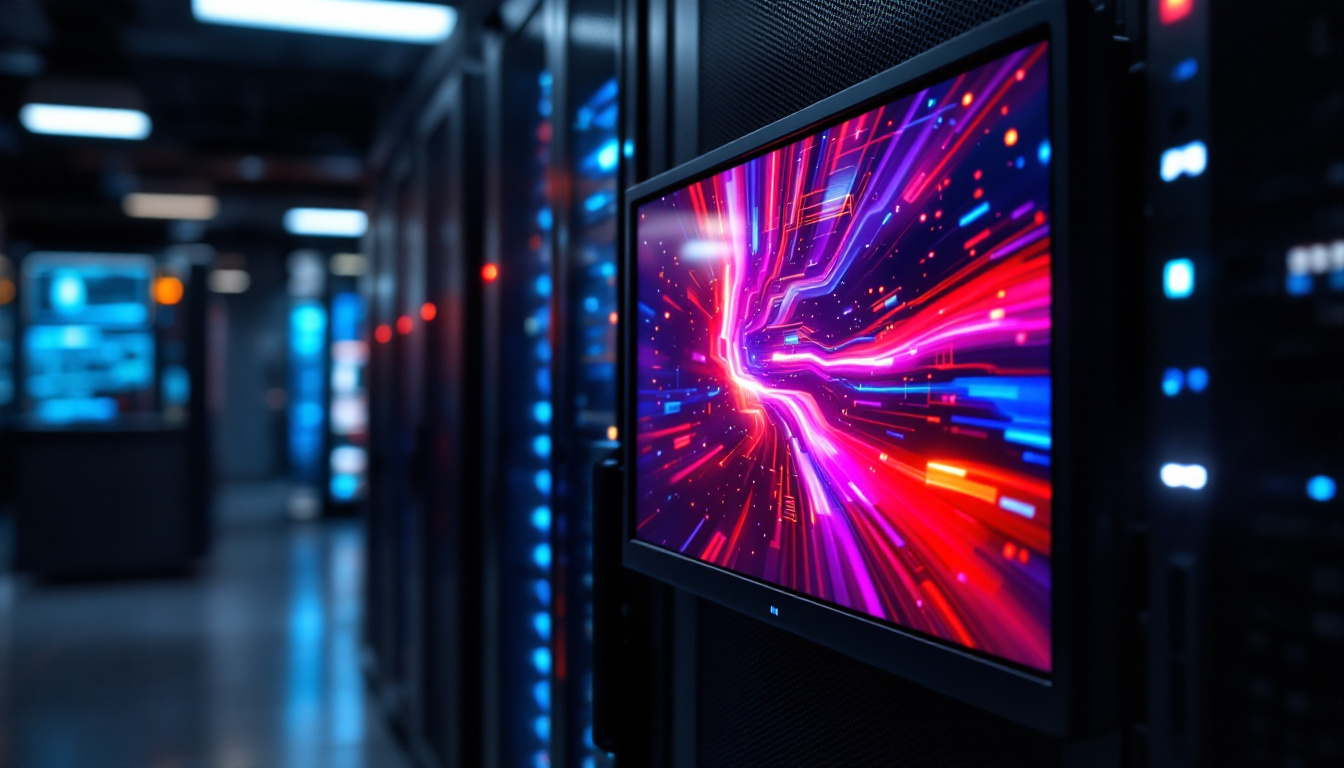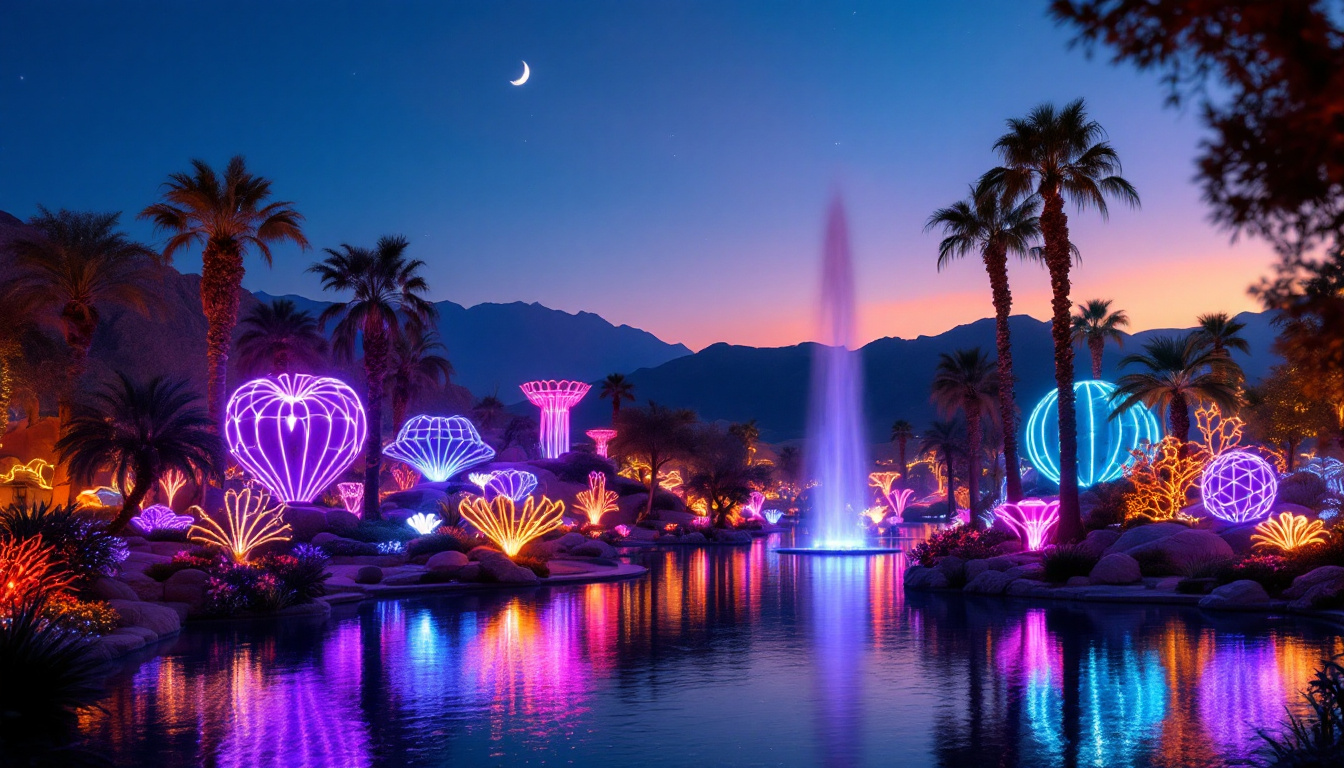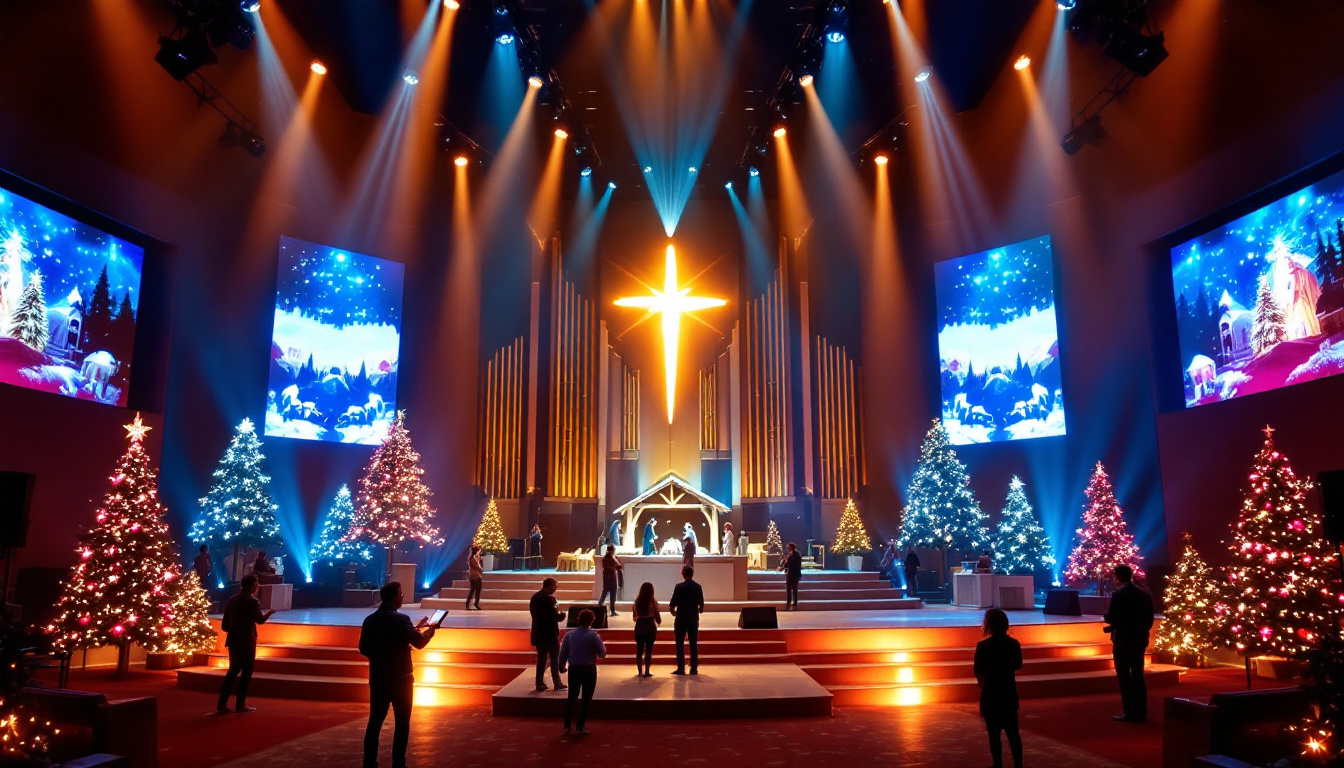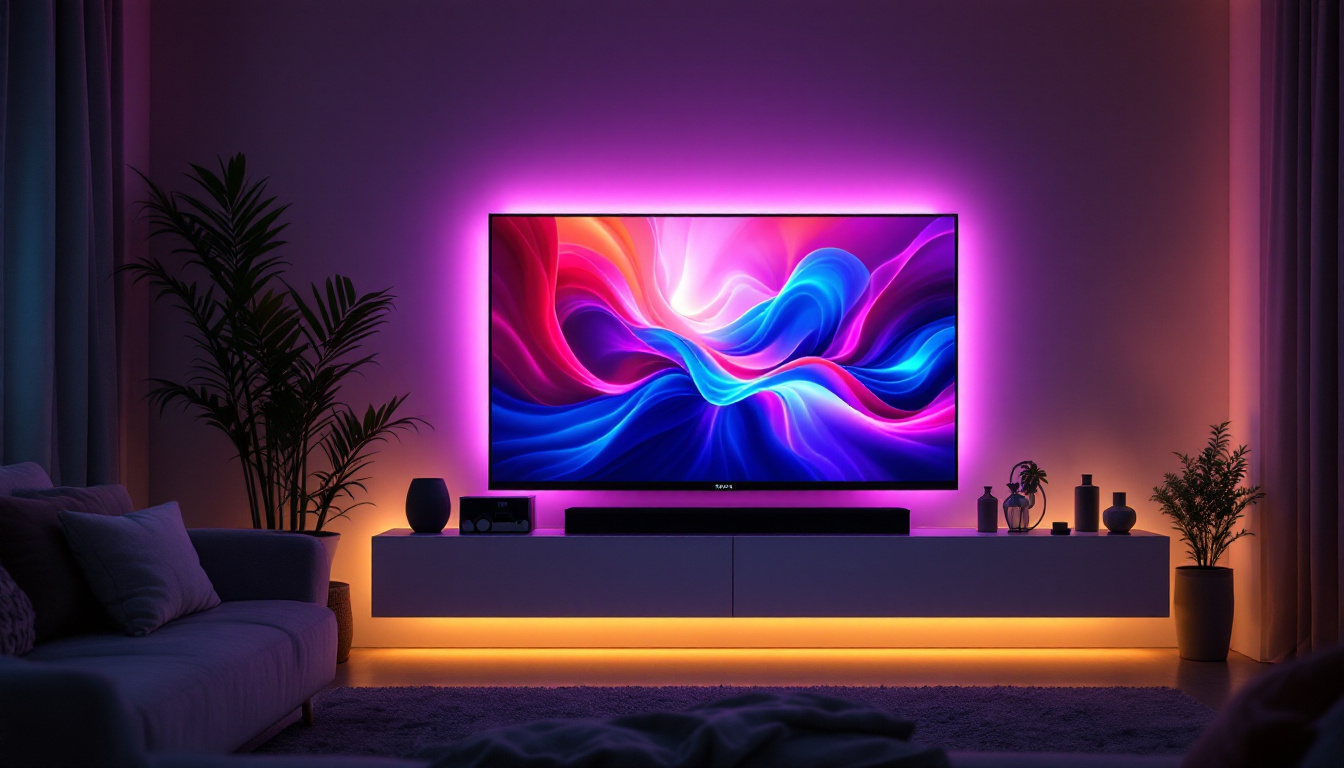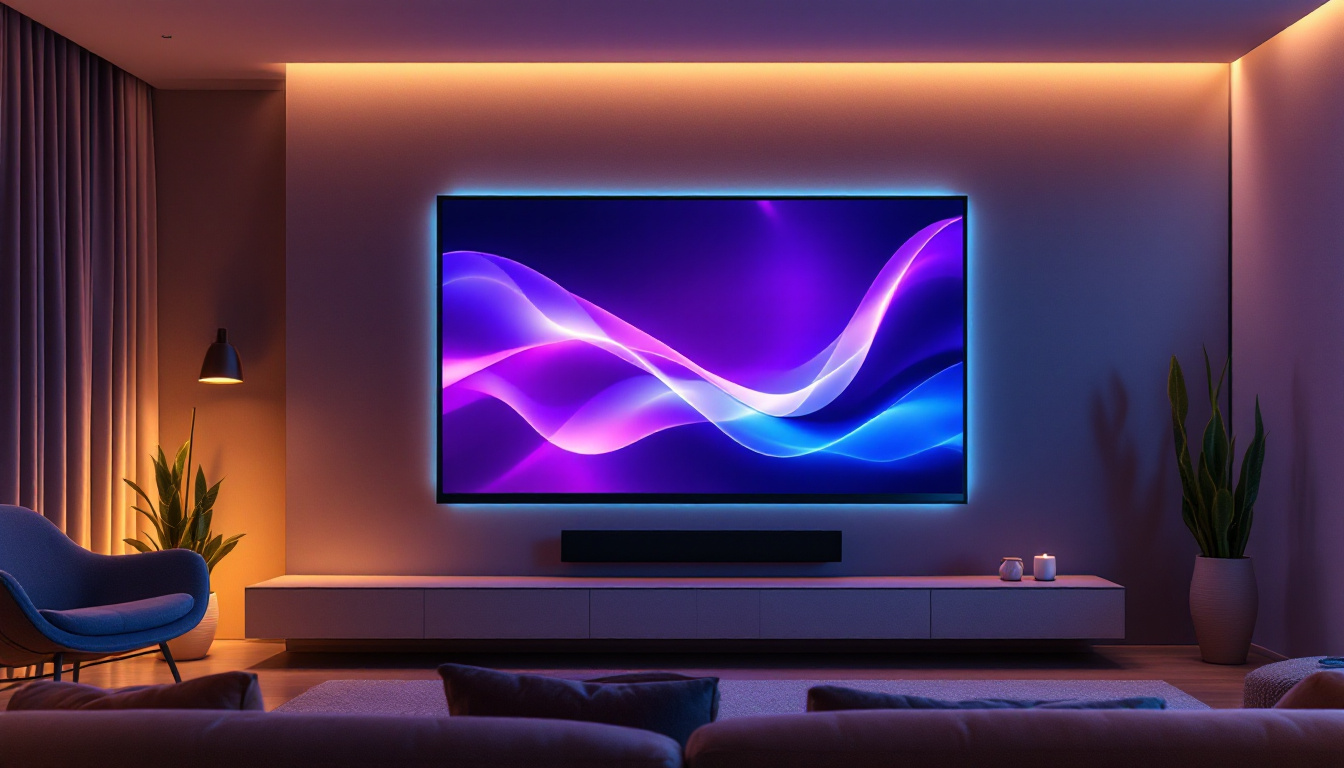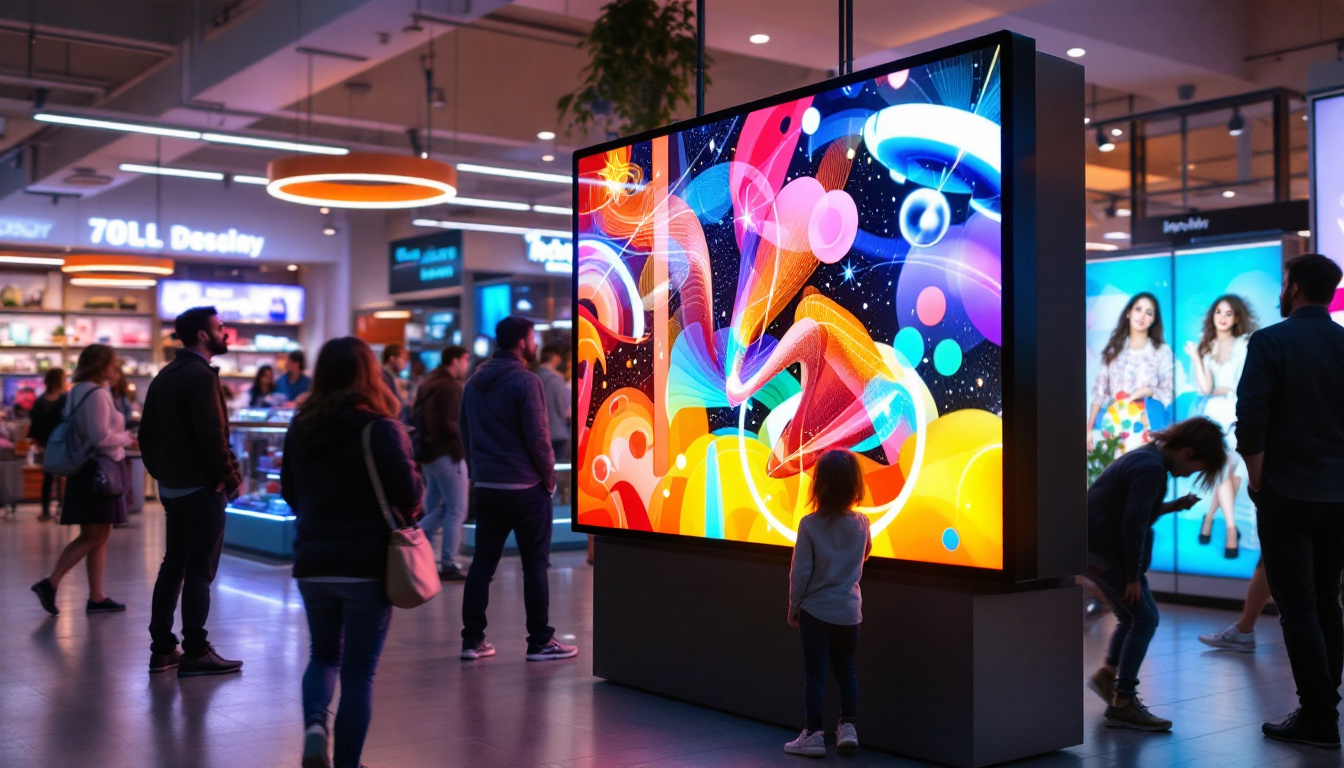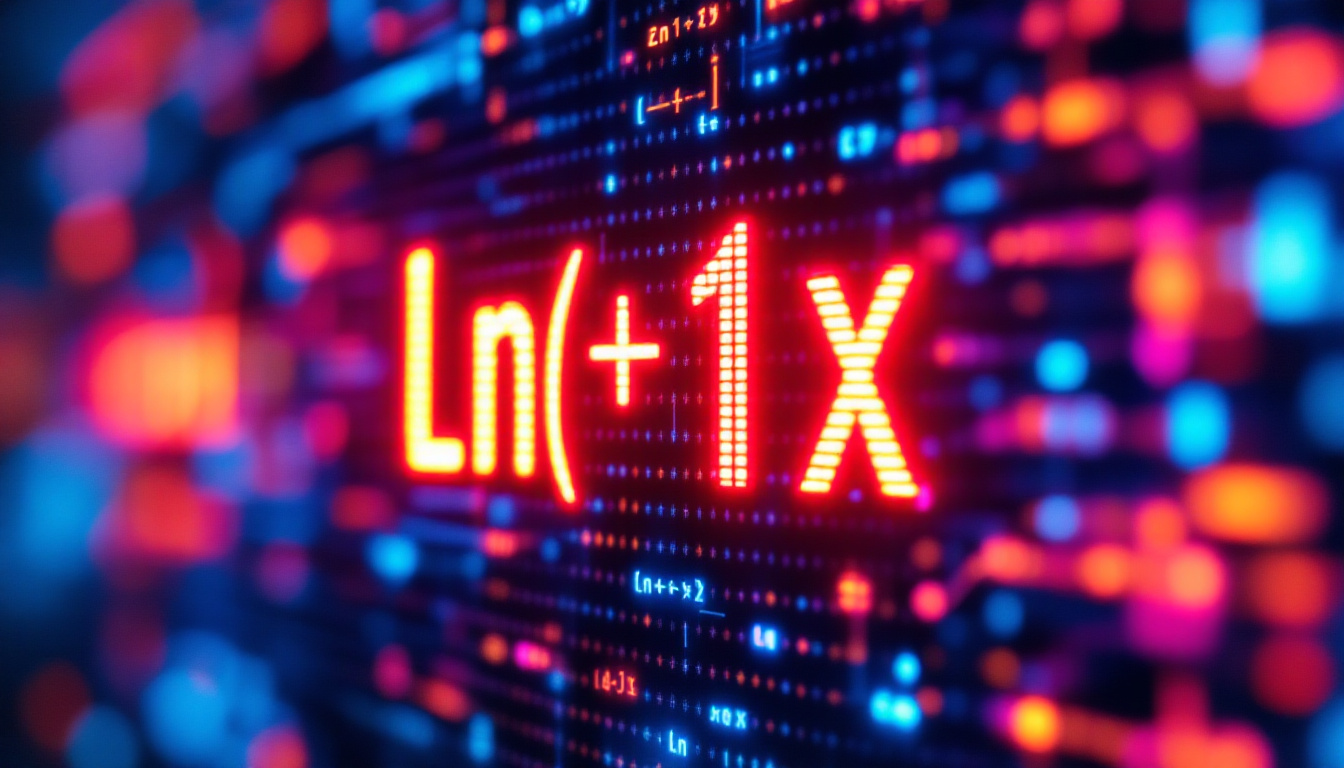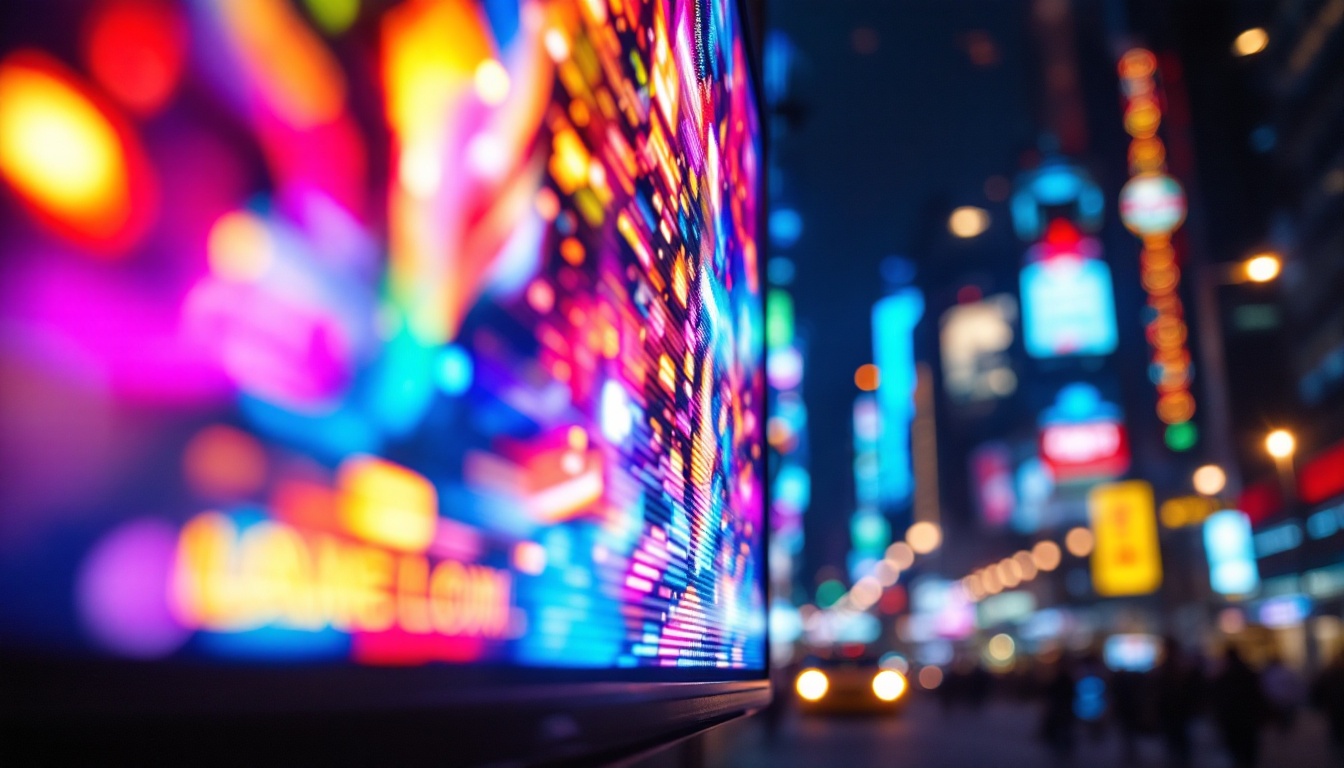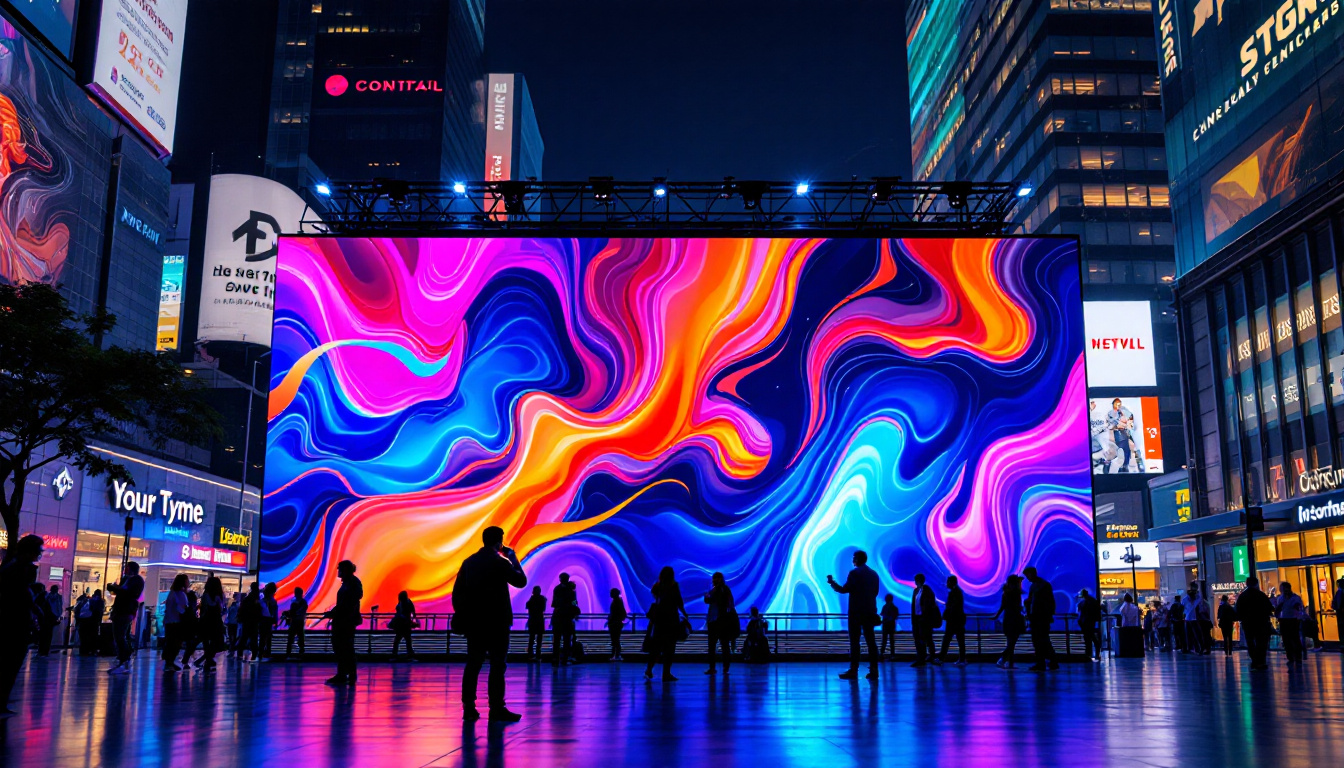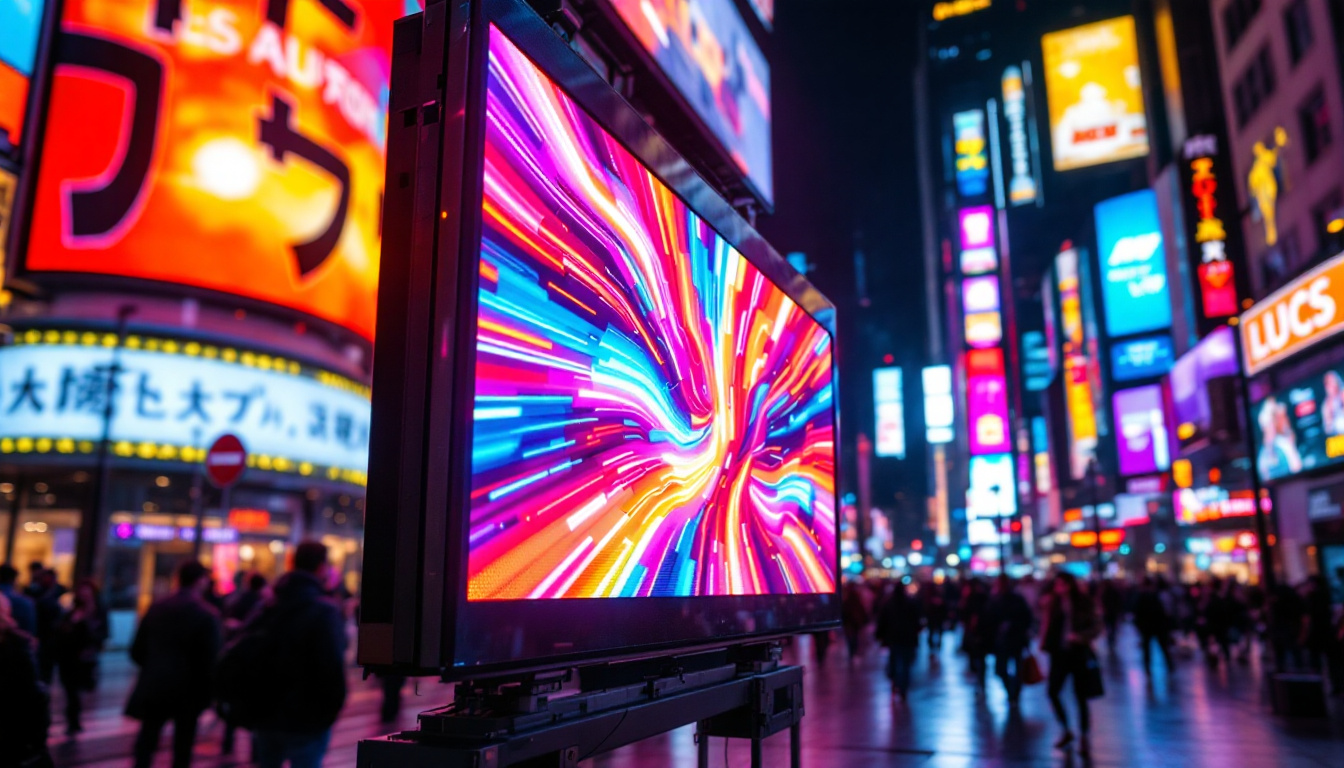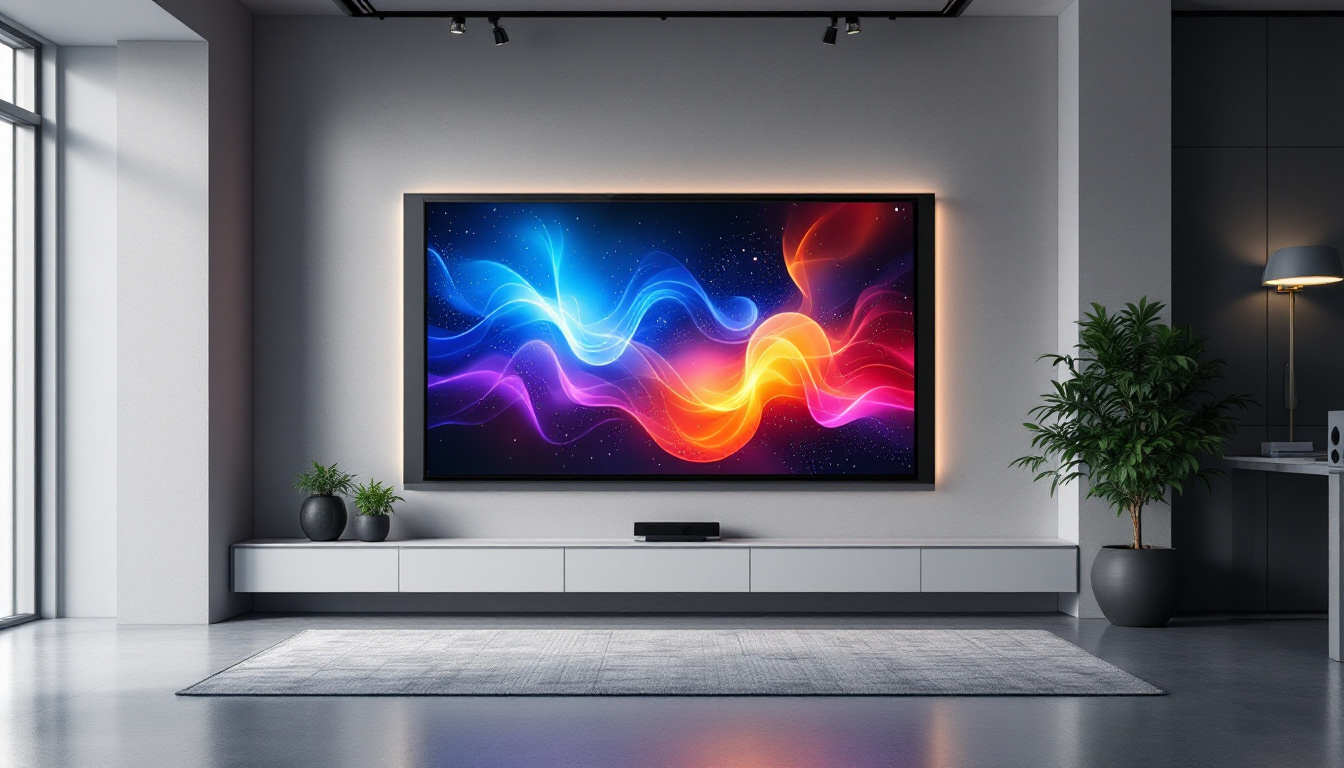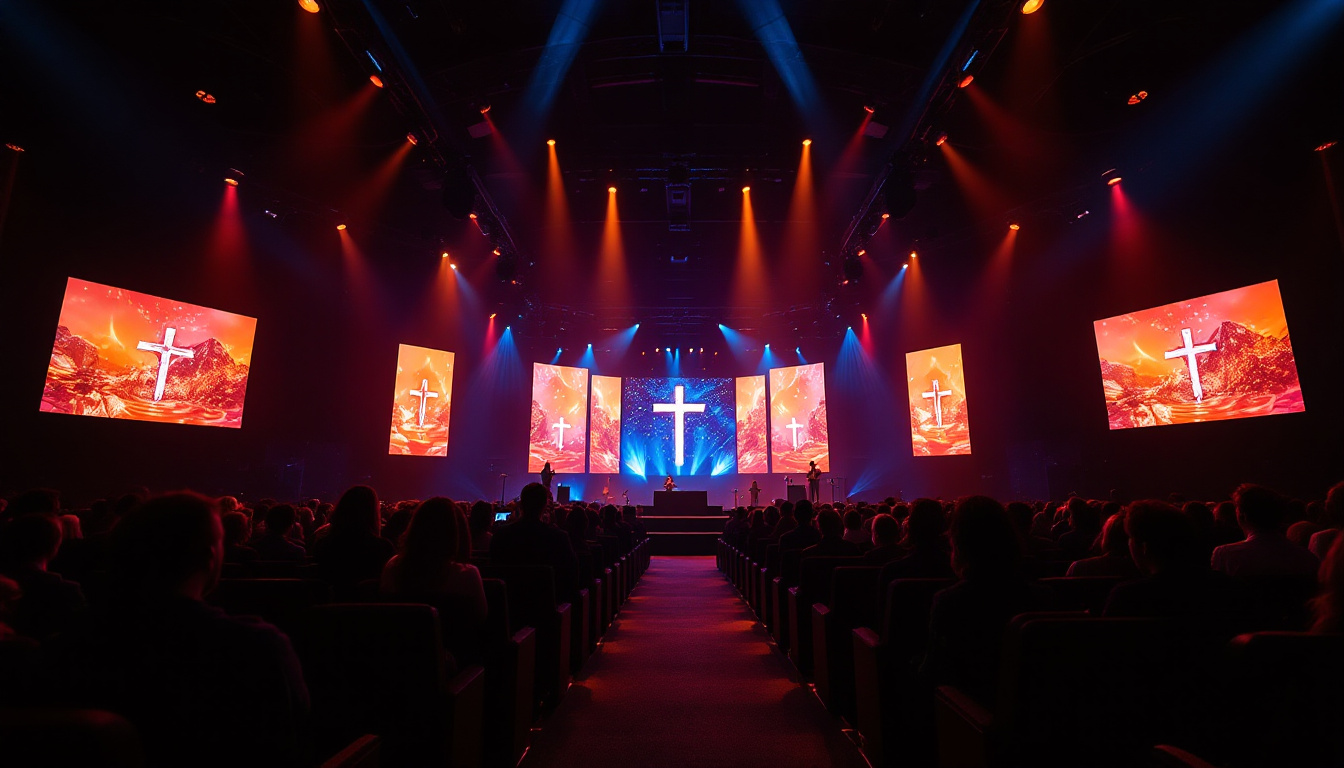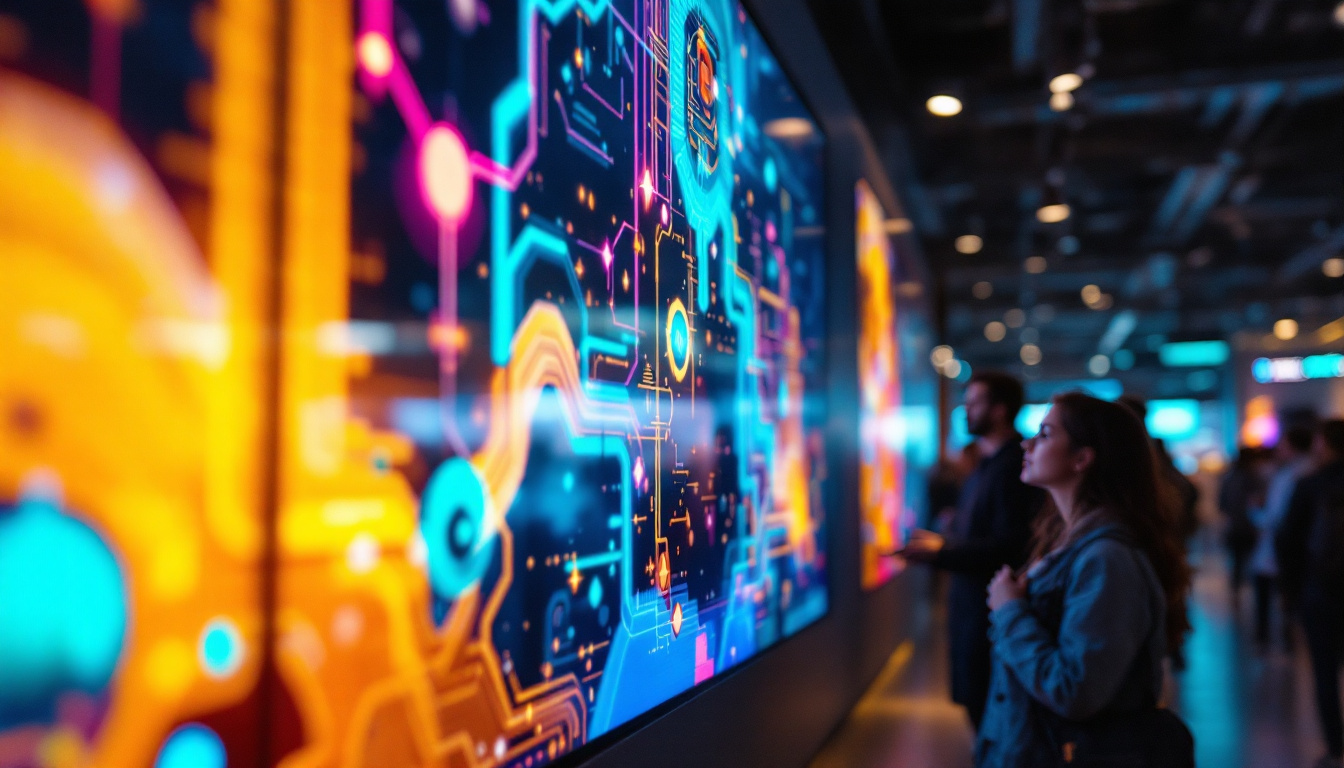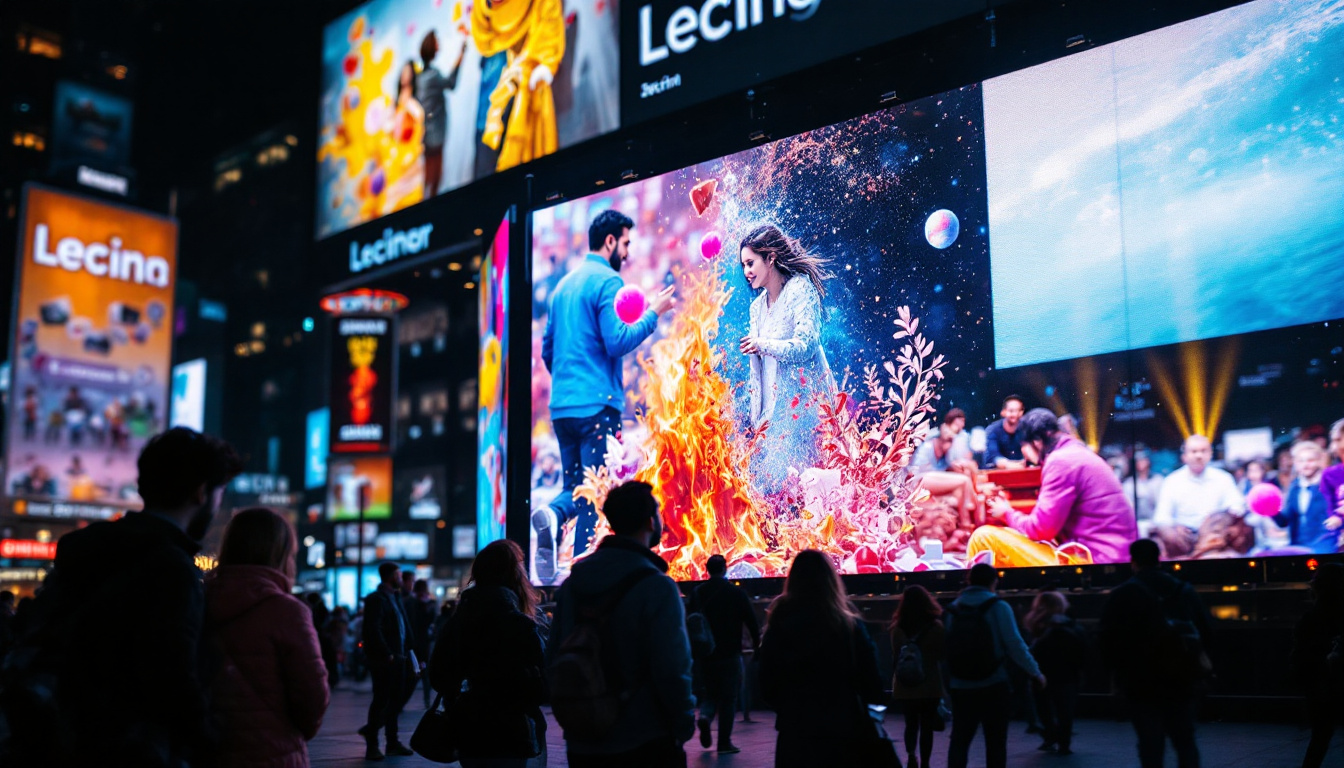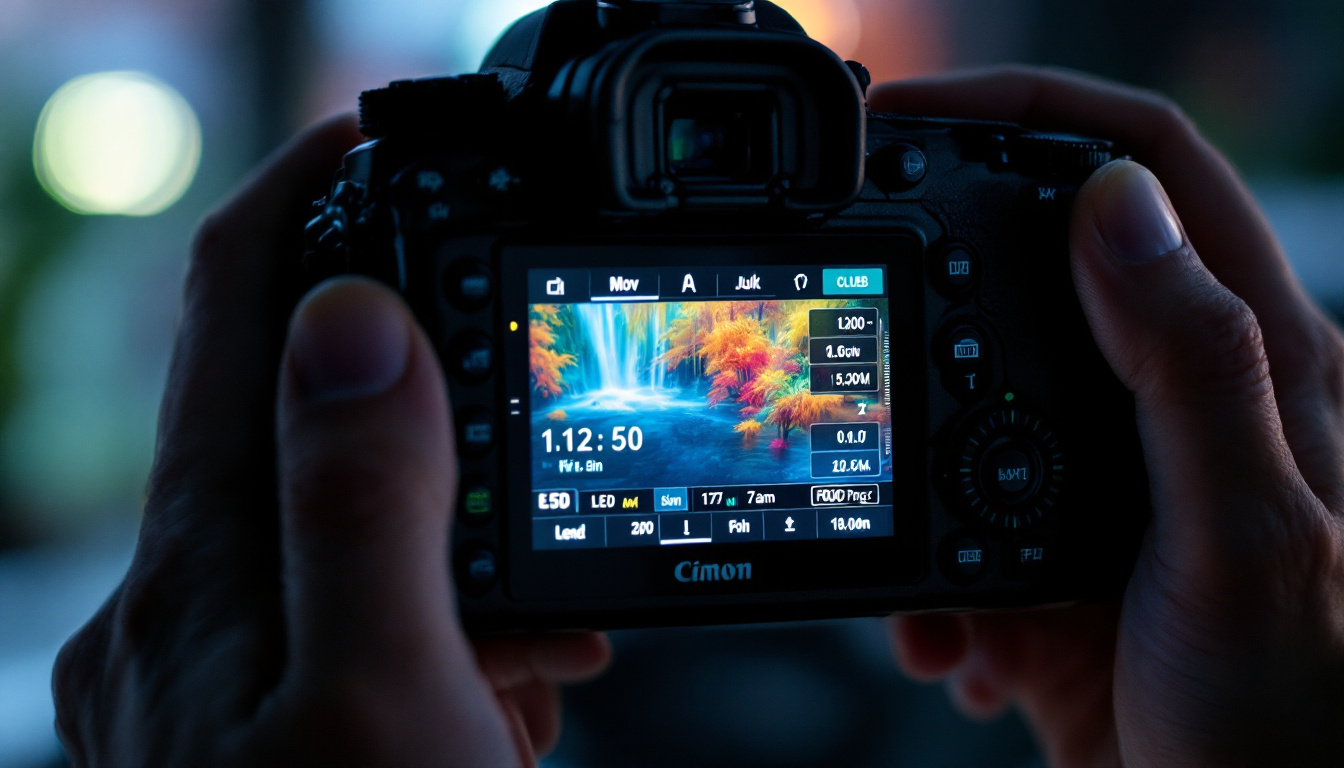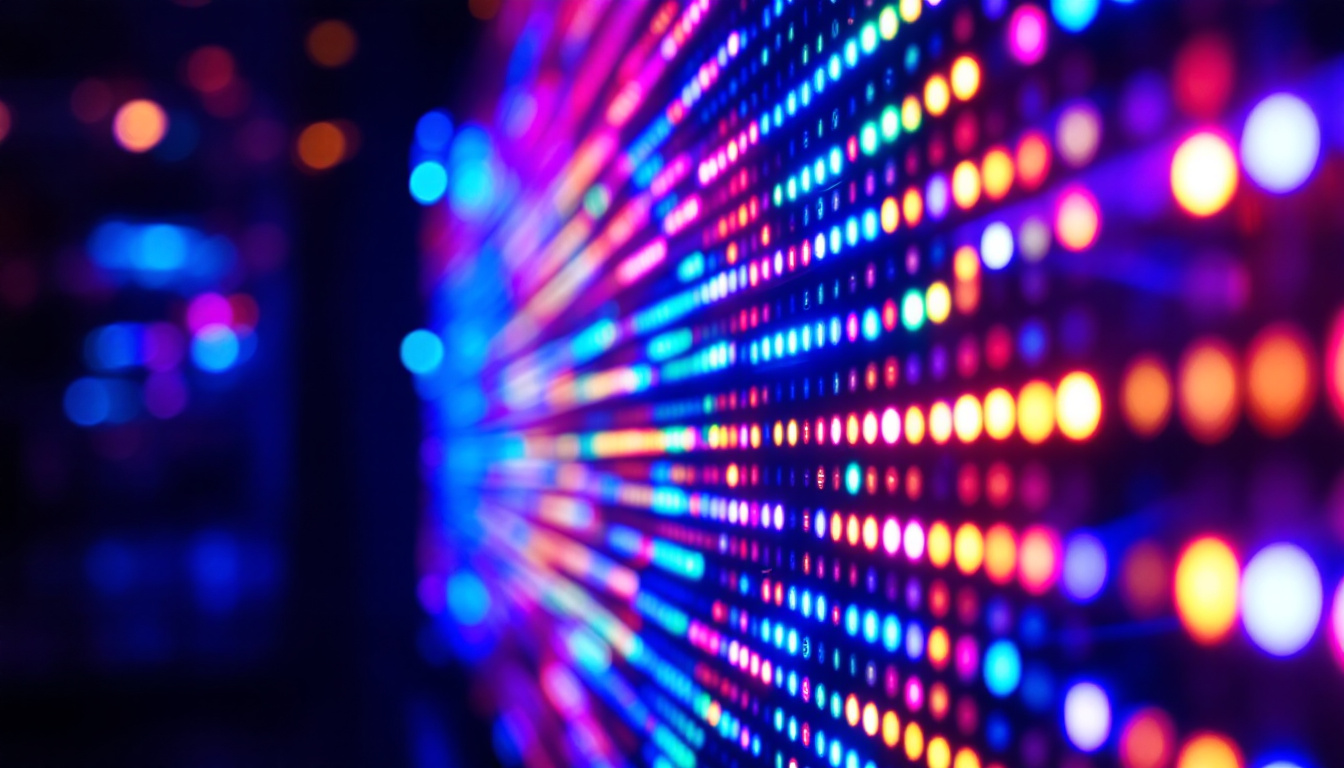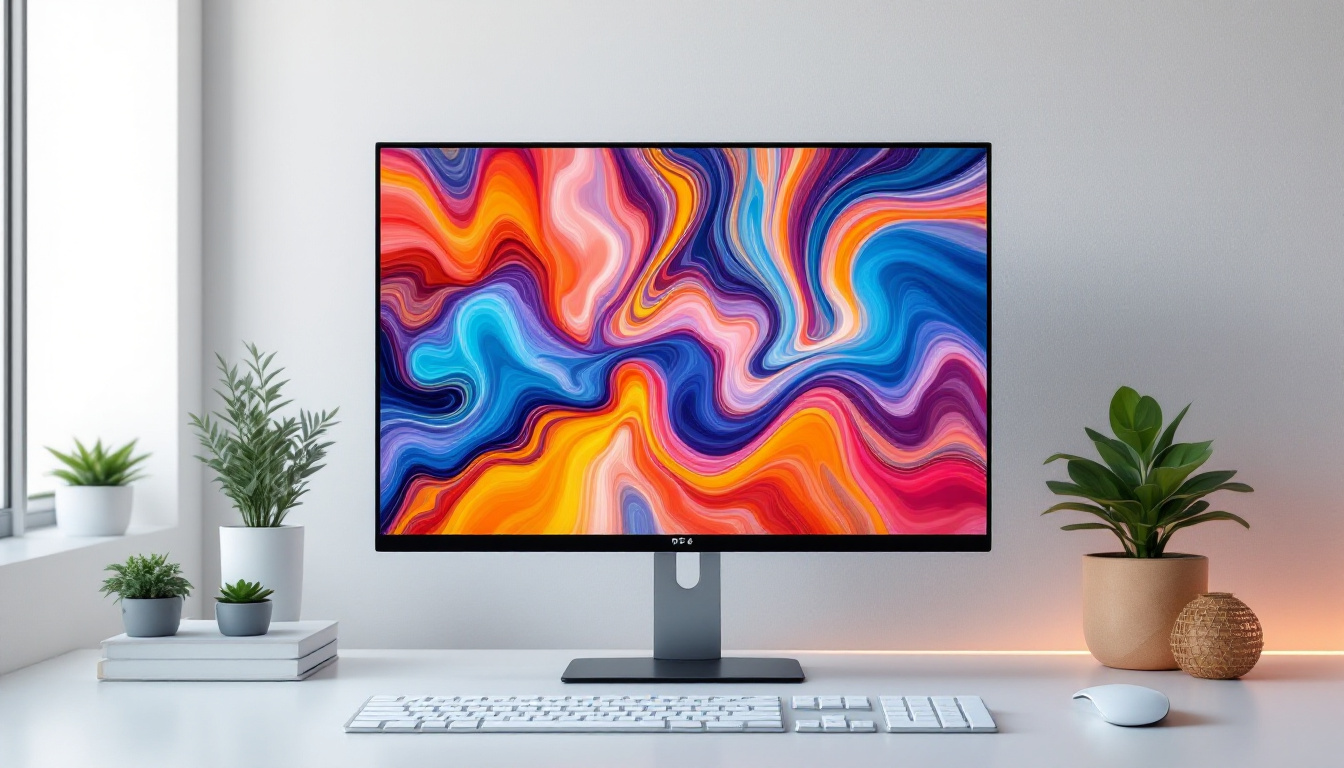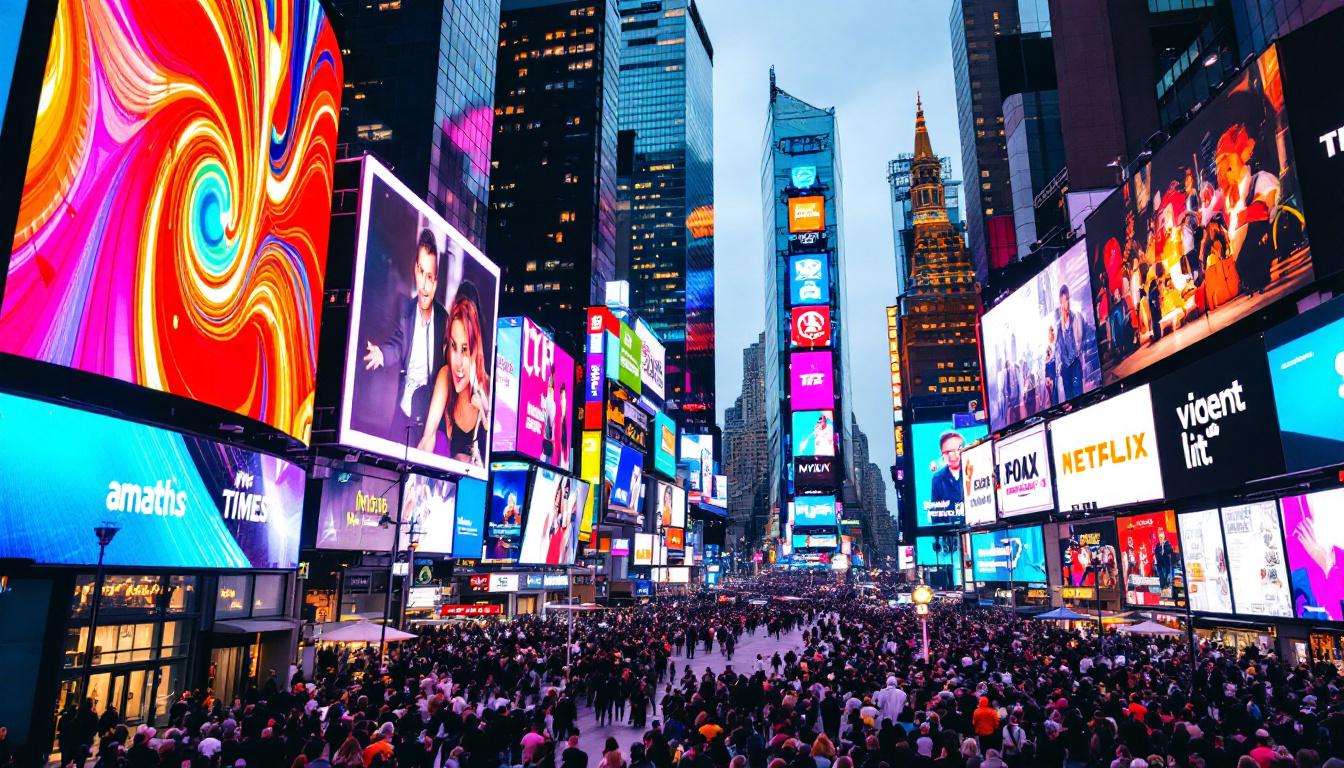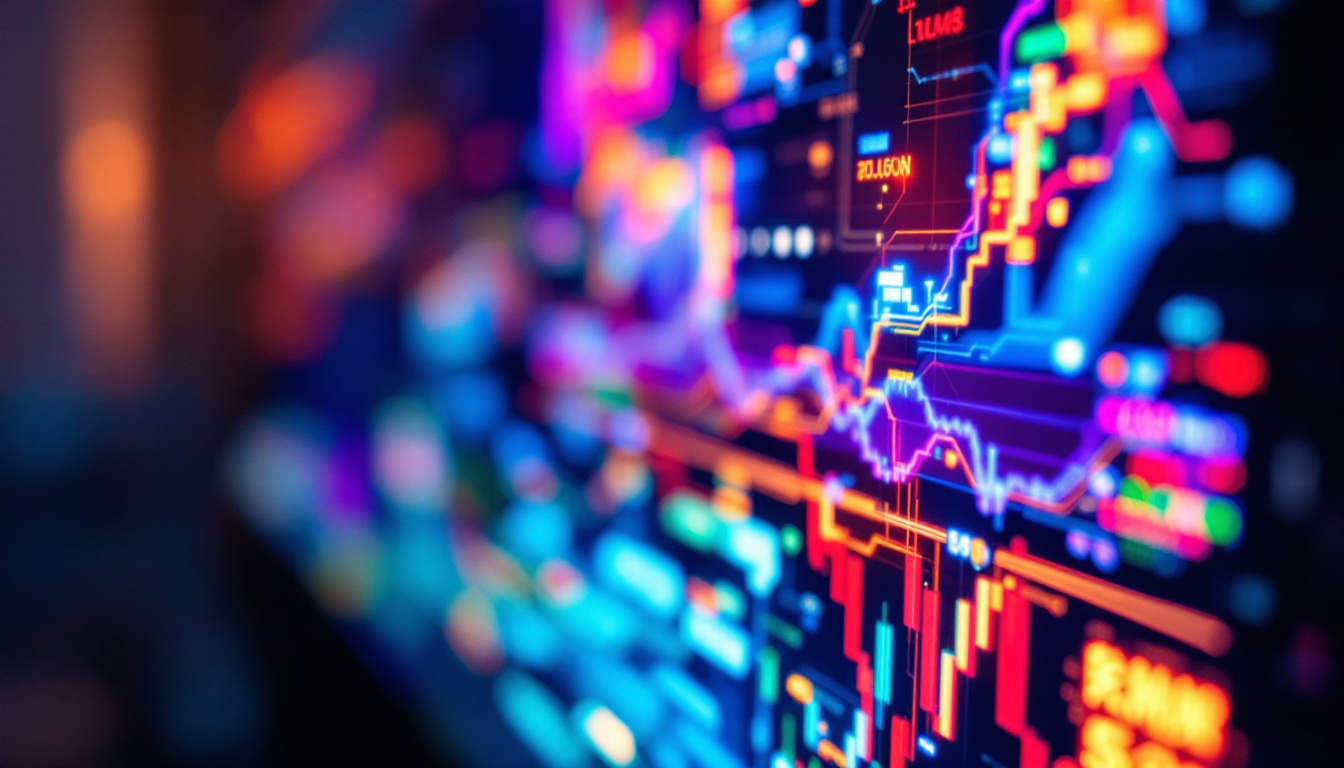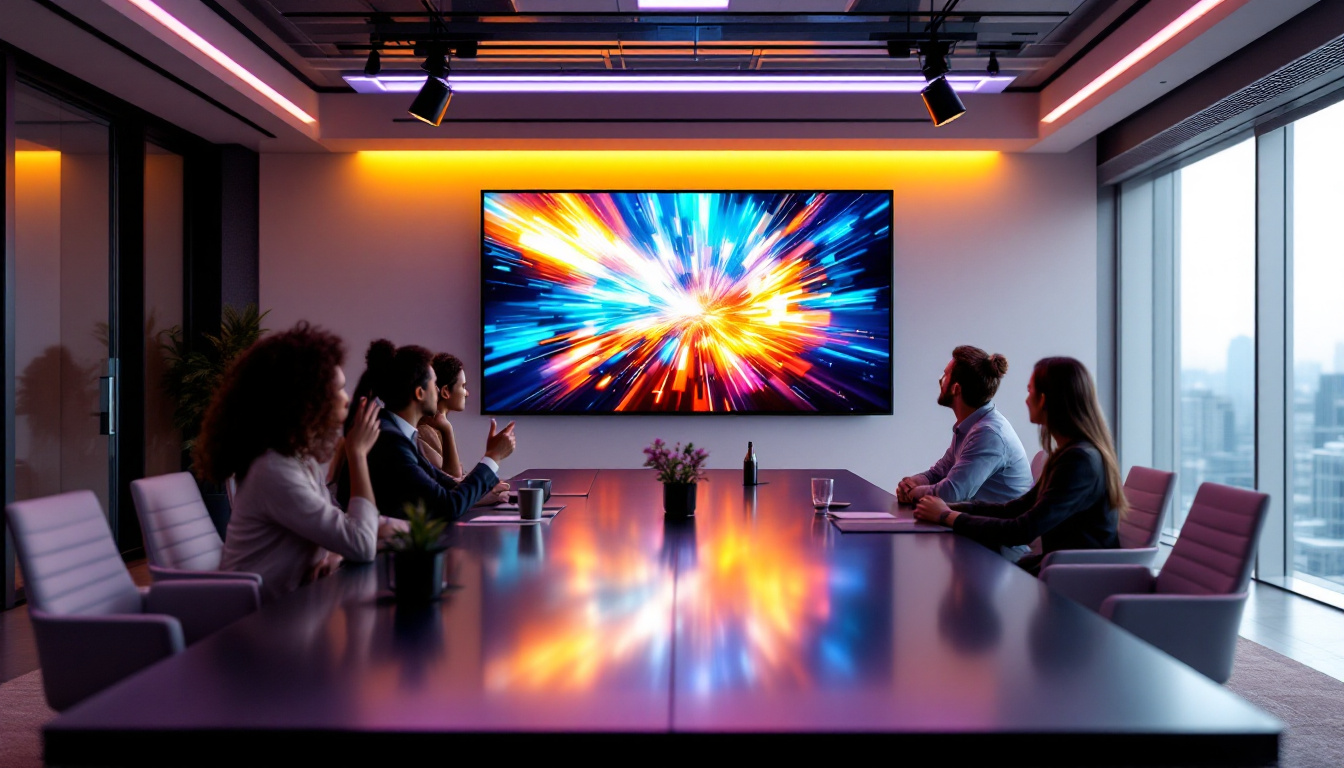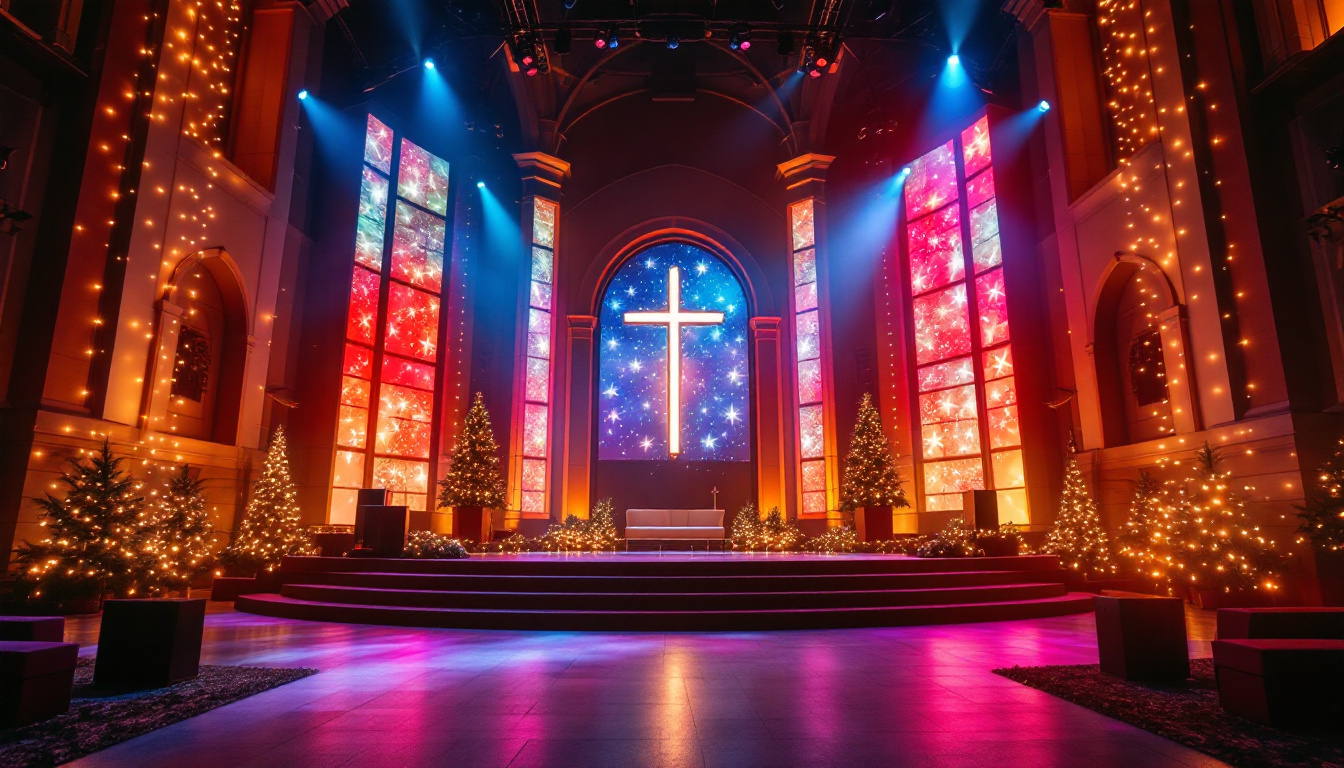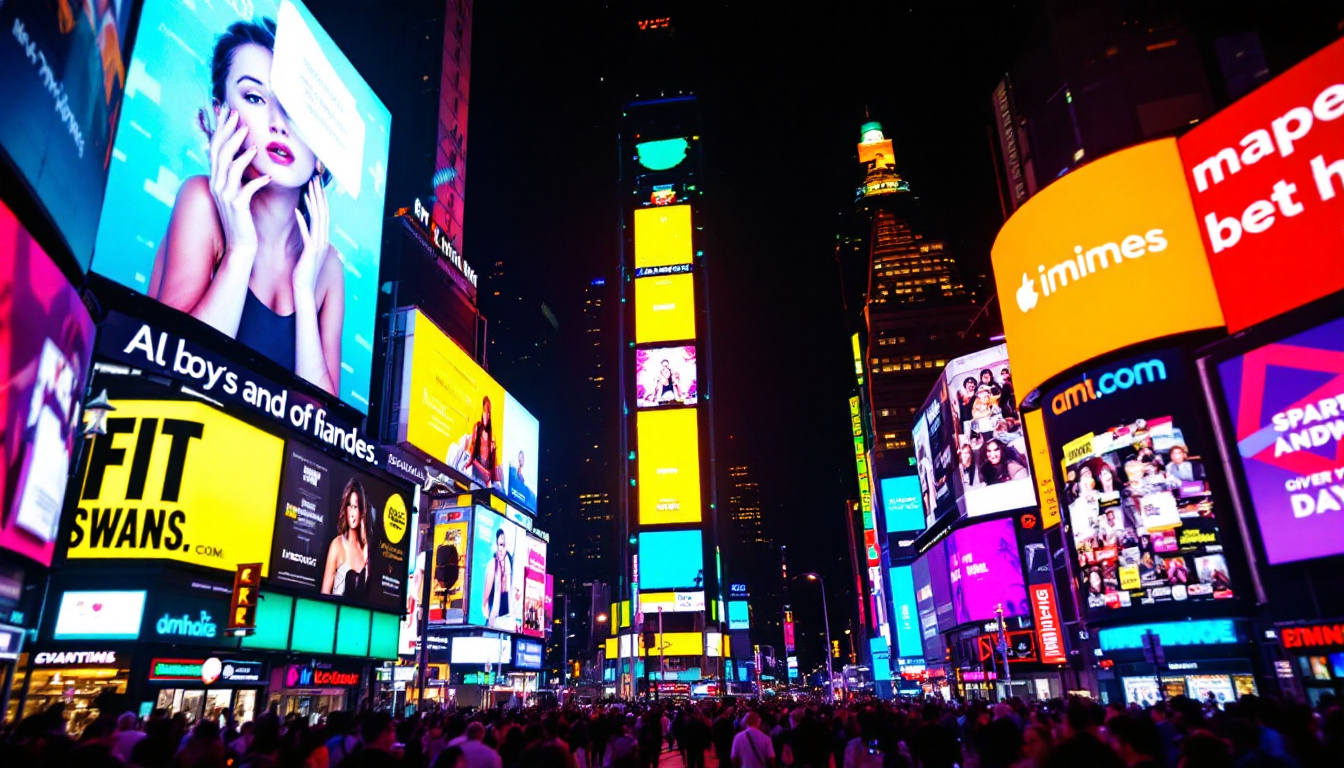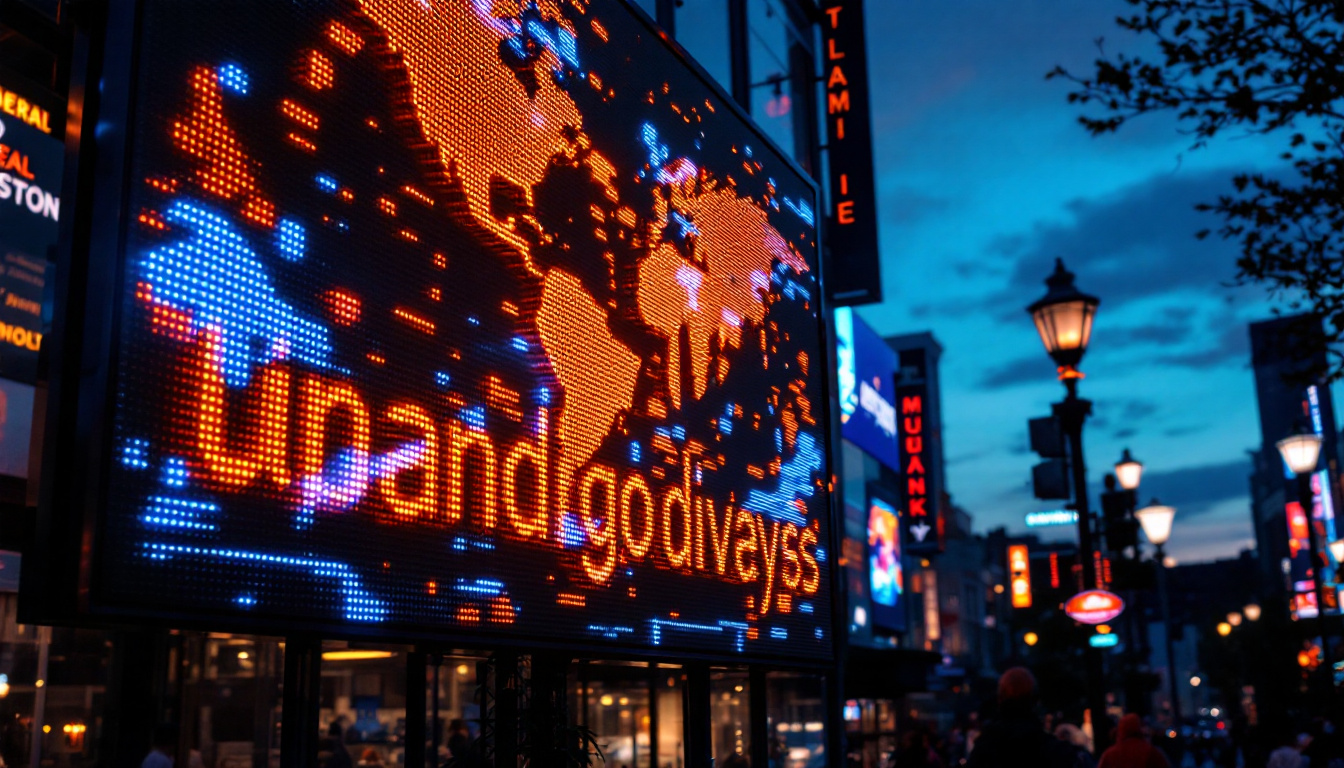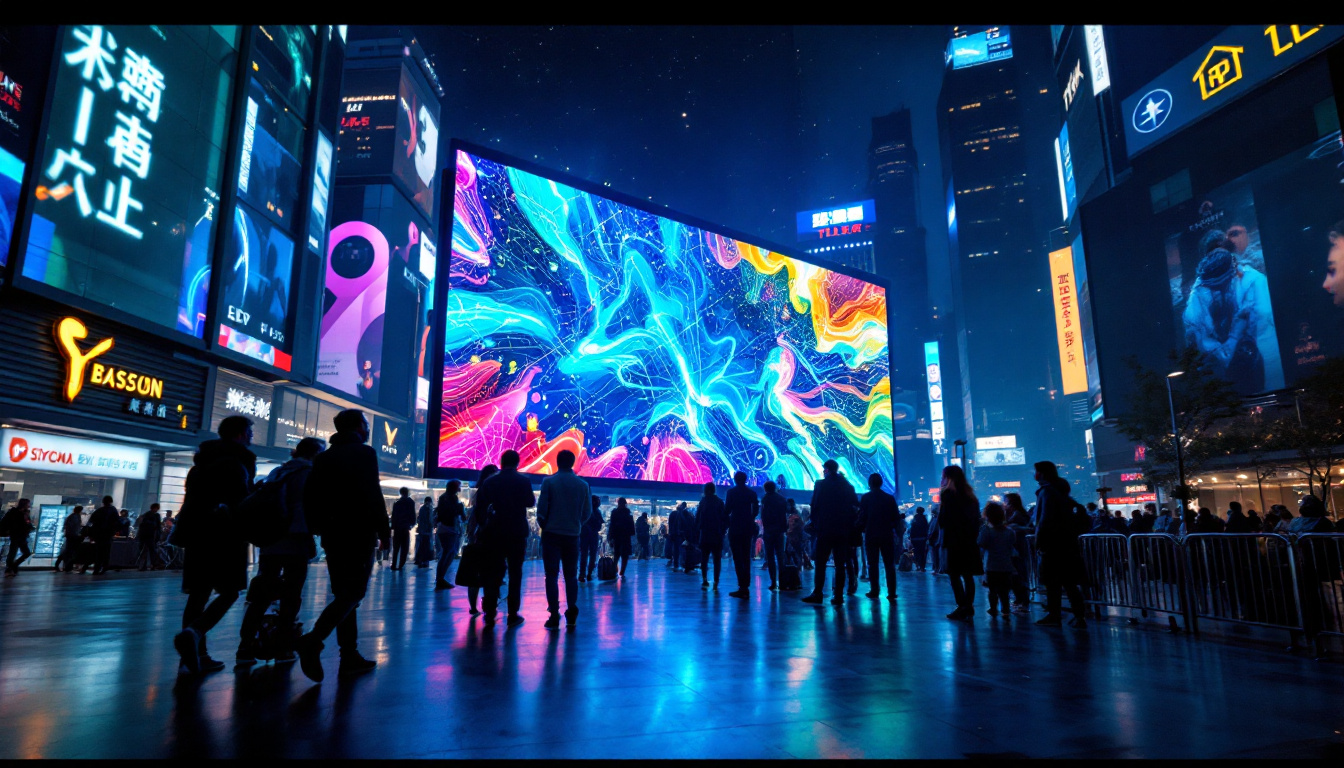The world of live events and performances has evolved dramatically over the years, with technology playing a pivotal role in enhancing audience experiences. One of the most significant advancements in this arena is the use of LED displays. This article delves into the intricacies of LED displays, exploring their functionality, advantages, and applications in various settings.
Understanding LED Displays
LED displays, or Light Emitting Diode displays, are electronic screens that utilize LEDs to produce images and videos. Unlike traditional display technologies, LED displays offer superior brightness, color accuracy, and energy efficiency. They have become a staple in concert venues, sports arenas, and corporate events, providing vibrant visuals that captivate audiences. The versatility of LED technology also extends to various environments, from bustling city streets to quiet art galleries, showcasing its adaptability and appeal across different sectors.
The Technology Behind LED Displays
At the core of LED display technology is the LED itself, a semiconductor device that emits light when an electric current passes through it. These displays are composed of numerous tiny LEDs arranged in a grid, allowing for the creation of complex images and animations. The arrangement and size of these LEDs can vary, leading to different types of displays, such as indoor and outdoor models. The advancements in LED technology have also led to the development of features like dynamic brightness adjustment, which optimizes visibility in varying ambient light conditions, ensuring that the display remains effective regardless of the environment.
Indoor LED displays typically feature a higher pixel density, resulting in sharper images viewed from closer distances. Conversely, outdoor LED displays are designed to be more robust, with larger pixels that can be seen from greater distances. This adaptability makes LED displays suitable for a wide range of applications, from intimate performances to large-scale public events. Moreover, the integration of smart technology into LED displays has enabled real-time content updates and interactive features, enhancing audience engagement and providing a more immersive experience.
Types of LED Displays
LED displays can be categorized into several types based on their application and design. The most common types include:
- Direct View LED Displays: These displays consist of individual LEDs that form the entire screen. They are known for their high brightness and are ideal for outdoor use.
- LED Video Walls: Composed of multiple smaller LED panels, video walls can create a larger display area. They are often used in concerts and exhibitions, allowing for stunning visuals that can be synchronized with audio for a complete sensory experience.
- Transparent LED Displays: These innovative displays allow for visibility through the screen, making them perfect for retail environments where product visibility is crucial. Their unique design not only serves a functional purpose but also adds an aesthetic appeal, transforming storefronts into dynamic advertising spaces.
Additionally, there are Flexible LED Displays, which can be bent and shaped to fit unique architectural designs, allowing for creative installations that were previously unimaginable. These displays are particularly popular in modern art installations and avant-garde advertising campaigns, where the goal is to push the boundaries of traditional display formats. Another emerging type is the Mini LED Display, which uses smaller LEDs to achieve higher contrast ratios and improved color performance, making them ideal for high-end consumer electronics such as televisions and monitors.
Advantages of LED Displays
The popularity of LED displays can be attributed to their numerous advantages over traditional display technologies. These benefits not only enhance visual experiences but also contribute to operational efficiency.
High Brightness and Visibility
One of the standout features of LED displays is their exceptional brightness. They can produce vivid colors and sharp images even in direct sunlight, making them ideal for outdoor events. This high visibility ensures that audiences can see the content clearly, regardless of the lighting conditions. Moreover, the ability to adjust brightness levels dynamically allows for optimal viewing in various environments, whether it’s a bright sunny day or a dimly lit indoor space. This adaptability makes LED displays a versatile choice for a wide range of applications, from concerts and festivals to corporate events and advertising.
Energy Efficiency
LED displays are known for their energy efficiency compared to other display technologies. They consume less power, which is particularly beneficial for large-scale installations that operate for extended periods. This efficiency not only reduces operational costs but also contributes to a lower carbon footprint, aligning with the growing demand for sustainable practices in the events industry. Additionally, the longevity of LED technology means that these displays require less frequent replacements, further minimizing waste and resource consumption. As businesses and organizations increasingly prioritize eco-friendly solutions, the adoption of LED displays represents a forward-thinking approach that resonates with environmentally conscious consumers.
Durability and Longevity
Another significant advantage of LED displays is their durability. Unlike traditional screens that may be prone to breakage or wear and tear, LED displays are built to withstand harsh conditions, including extreme weather and physical impacts. This robustness makes them suitable for both indoor and outdoor use, ensuring that they can perform reliably over time. Furthermore, LED technology typically boasts a longer lifespan, often exceeding 100,000 hours of operation, which translates to years of uninterrupted service. This longevity not only enhances the return on investment but also reduces the frequency of maintenance, allowing businesses to focus on their core activities without the distraction of technical issues.
Applications of LED Displays
LED displays have found applications across various sectors, each leveraging their unique capabilities to enhance communication and engagement. From entertainment to advertising, the versatility of LED technology is evident.
Entertainment Industry
In the entertainment sector, LED displays have revolutionized the way performances are presented. Concerts, theater productions, and festivals utilize these displays to create immersive experiences for audiences. Dynamic visuals, synchronized with music and performances, captivate viewers and elevate the overall atmosphere of events.
Moreover, LED displays allow for real-time content changes, enabling event organizers to adapt visuals on the fly. This flexibility is crucial in live events where timing and coordination are essential for a seamless experience. The vivid colors and high contrast of LED technology also enhance the visual storytelling in performances, making each scene more impactful. For instance, during a concert, the lighting can shift dramatically to match the mood of the music, creating a sensory experience that resonates with the audience long after the event has ended.
Furthermore, LED displays are not limited to large venues; they are also increasingly used in smaller settings, such as local theaters and community events. This democratization of technology allows for high-quality visual presentations at a fraction of the cost, making it accessible for emerging artists and smaller productions to engage their audiences effectively.
Advertising and Marketing
LED displays have also become a powerful tool in advertising and marketing. Billboards and digital signage equipped with LED technology can display eye-catching advertisements that attract potential customers. The ability to change content easily allows businesses to tailor their messaging to different audiences and times of day.
Additionally, LED displays can integrate interactive features, such as touch screens or QR codes, further engaging consumers and driving traffic to businesses. This adaptability makes them a preferred choice for marketers aiming to create memorable campaigns. For example, a retail store might use an LED display to showcase special promotions or new arrivals, instantly updating the content to reflect current trends or seasonal sales.
Moreover, the analytics capabilities associated with LED advertising can provide businesses with valuable insights. By tracking viewer engagement and interaction rates, companies can refine their strategies and optimize their campaigns for better results. This data-driven approach not only enhances the effectiveness of advertising but also ensures that marketing budgets are utilized efficiently, maximizing return on investment.
Challenges and Considerations
Despite their many advantages, LED displays are not without challenges. Understanding these challenges is crucial for organizations considering their implementation.
Cost and Investment
One of the primary considerations when investing in LED displays is the initial cost. High-quality LED technology can be expensive, which may deter some organizations from making the leap. However, it is essential to view this as a long-term investment. The durability and energy efficiency of LED displays often lead to significant savings over time, making them a worthwhile expenditure.
Maintenance and Upkeep
LED displays require regular maintenance to ensure optimal performance. This includes cleaning the screens, checking connections, and addressing any technical issues promptly. While some organizations may have in-house teams for maintenance, others may need to contract specialized services, adding to ongoing costs.
Future Trends in LED Display Technology
The future of LED display technology is promising, with continuous advancements paving the way for even more innovative applications. As technology evolves, several trends are emerging that will shape the future of LED displays.
Integration with Augmented Reality (AR)
One of the most exciting trends is the integration of LED displays with augmented reality. This combination allows for interactive experiences that blend digital content with the real world. For instance, during live events, audiences could use their smartphones to see additional visual elements overlaid on the LED display, creating a more immersive experience.
Improved Resolution and Pixel Density
As technology progresses, the resolution and pixel density of LED displays are expected to improve significantly. Higher resolutions will enable even finer details to be displayed, enhancing the visual experience for audiences. This trend is particularly relevant for indoor displays, where viewers are often much closer to the screen.
Conclusion
LED displays have transformed the landscape of live events, advertising, and communication. Their ability to deliver high-quality visuals, coupled with energy efficiency and versatility, makes them an invaluable asset in various industries. While challenges such as initial investment and maintenance exist, the long-term benefits often outweigh these concerns.
As technology continues to evolve, LED displays are set to become even more integral to how we experience and interact with visual content. From concerts to advertising campaigns, the future of LED displays is bright, promising to captivate audiences and enhance engagement in ways previously unimaginable.
Discover LumenMatrix LED Display Solutions
Ready to elevate your live events, advertising campaigns, and visual experiences with the latest in LED technology? LumenMatrix is at the forefront of innovation, offering a diverse range of LED display solutions tailored to your needs. From Indoor and Outdoor LED Wall Displays to specialized options like Vehicle LED Displays and Custom LED solutions, our mission is to transform your visual communication with unparalleled clarity and impact. Don’t miss the opportunity to captivate your audience with LumenMatrix’s cutting-edge displays. Check out LumenMatrix LED Display Solutions today and see the difference for yourself.

